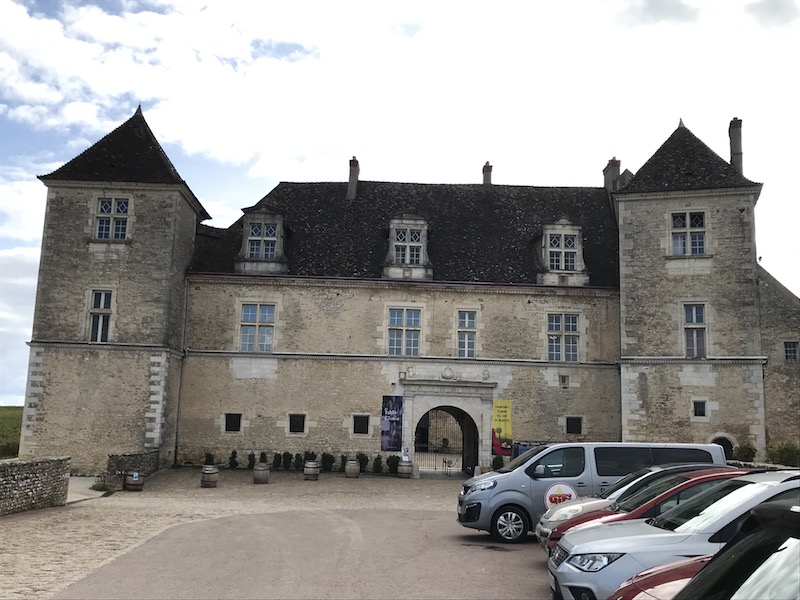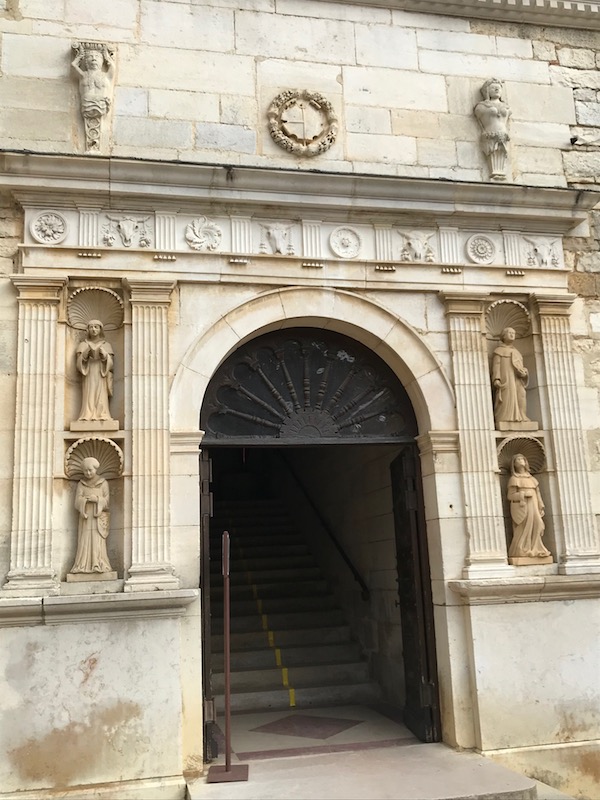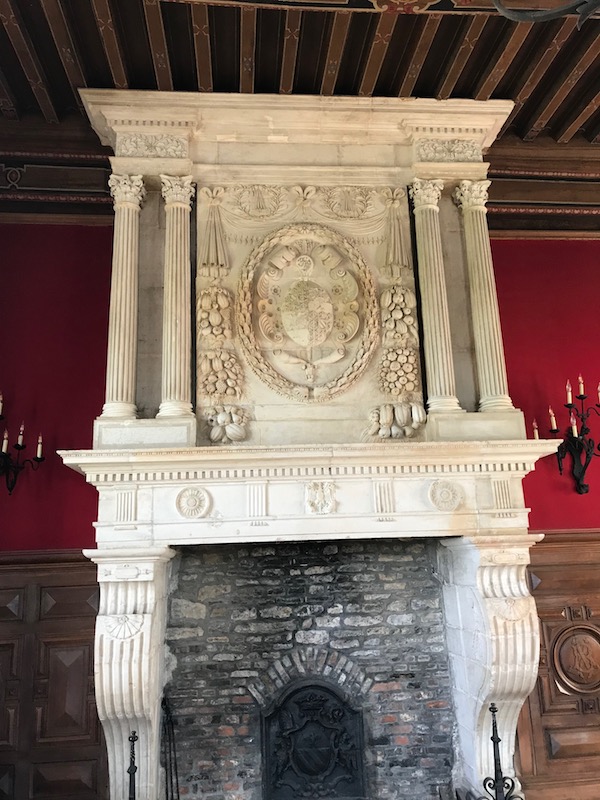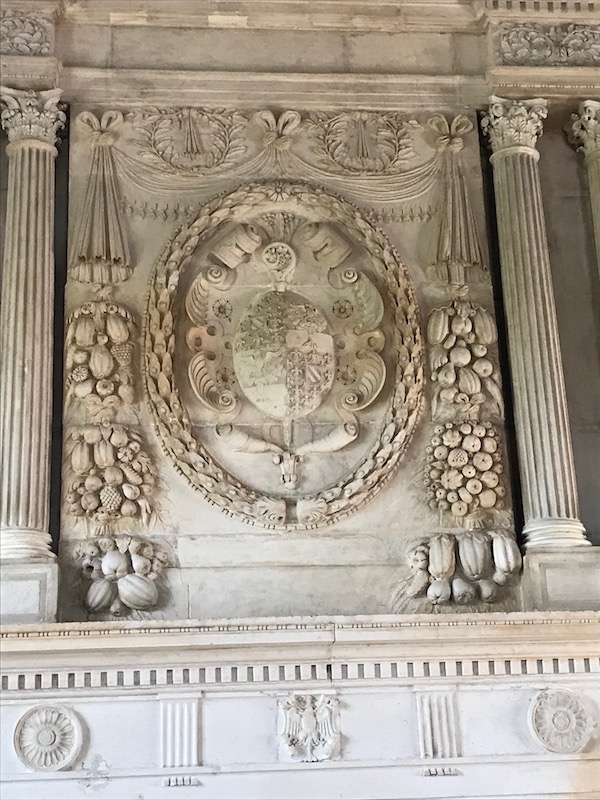Our Blog - Château du Clos de Vougeot, France
This was not one of our wine tastings, but an important Château. Not only was it the start of Burgundy wines, but it is the headquarters of the "Climats" of Burgundy. Today, no wine is produced here, but the buildings are still pretty impressive. In 1098, the monks from the nearby Abbey of Cîteaux started making vine, using an new methodology of separating different plots of land into different "climats", where the soil and weather characteristics gave each plot slightly different characteristics that came through the grapes grown there. At this site, they built all of the various buildings needed to exploit the vineyards. The Renaissance manor house was built in 1551, the elegance of the building in stark contrast to the severe style of the original buildings.

The main courtyard separates the medieval cellar and vat house on one side from the Renaissance manor house on the other.





Called "the shaft", this well was created in the 12th century and is 20 meters deep. For that time, it had an ingenious wheel-pulley system that reduced the effort needed to draw water.


The Kitchen of the monks, where they say it was possible to roast an entire ox in the 6-meter-long fireplace. The display gives the atmosphere of a traditional kitchen in the medieval period.

Dormitories were built to house monks from the Abbey of Cîteaux who were there to work in the vineyards.The oak framework is really magnificent, and was done in 1698. It consists of 50,000 tiles, 20,000 coper nails, and more than 6 miles of oak planks.

The great cellar was built by monks in 1170 as a wine storeroom. Originally, it had a hard-packed earth floor which was covered with slabs of locally-quarried stone.


The porter of Benaton is a sculpture by a local artist, which represents a grape-picker shouldering a benaton, a wicker basket that could hold 80 pounds of grapes.

The vat house was built between 1475 and 1478 and gives us an insight into winemaking in the late Middle-Ages. After removing the stems, the grapes were crushed and the juice left to ferment in vats. There is an inner courtyard (where the sculpture is) that provided ventilation. The Château has a collection of 4 lever-based wine presses, the oldest one built in 1477. Each contains roughly 25 cubic meters of oak timber and 4 men were needed to operate it.





There was an interesting area with a display similar to a hologram that told the history of the vineyard from the standpoint of a monk. It was in French but had English subtitles (as shown).

We snuck into one room in the Renaissance manor house that was open (snuck as I'm not sure that individuals are supposed to go through without being part of a guided tour). It was pretty nice, although I'm guessing that it has been renovated and restored to its previous glory and is most likely used for special occasions. The pattern in the wood floors is very typical of Renaissance mansions and it has quite a bit of carved wood wainscoting around the room. The fireplace was especially nice, with a large amount of detail in the carved stone above it.





And there are just rows and rows of vineyards!

So you may have been wondering where Lucy was .... she got to take the self-tour as well!
